LED Golf Couse Lighting Guide & Solution
To play golf at night, there must be sufficient illumination, which puts forward high requirements for golf course lighting. Lighting golf course lighting requirements are different from other sports grounds, and the issues to be considered are different from other sports grounds. The golf course is very large, many times larger than other sports grounds, and is divided into many fairways. For a golf course with a par 72, there are 18 fairways and 18 holes; in addition, the fairways are The direction is basically one-way, and the adjacent fairways are mostly one-way, and the fairway terrain changes variously, and the height is undulating, making the positioning of the light pole, the type of light source and the direction of the light projection of the lamps are obviously different from other sports fields. It appears that the design is more complex and challenging. Wanye Lighting will elaborate on several aspects including lighting design and lighting selection.
Key words: golf course light, golf course special light, golf course light, LED golf course light, professional flood light, LED course light, metal halide light, golf course lighting design, golf course lighting, golf course light, golf course lighting, golf course lighting program, sports lighting, golf course lighting Design golf course lighting design plan sports lighting design golf course lighting design.
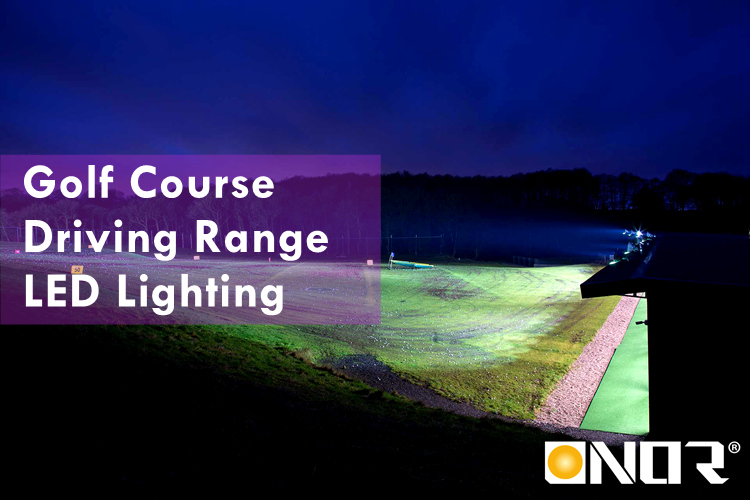
Lighting Design
Golf is an outdoor sport that makes full use of space. People walk on the grass and the ball flies in the space above the grass. Therefore, when considering the lighting of the golf course, not only the illumination of the golfer's walking and the ball falling on the lawn should be considered. The most important thing is to make the light of the upper space of the stadium as uniform as possible, and not to dim the sphere. That is to say, using flood lighting, using one or more large-area light sources, or small light sources from multiple directions, to make the lighting light soft, meet the visual requirements of golfers, and achieve both under the light and under the sun The same can swing.In a golf course, a hole is mainly composed of three parts: tee (TEE), fairway (FA IRWA Y) and green (GREEN). Among them, the fairway part includes bunkers (BUN KER), pool (POOL), bridge (BR IDA GE), steep slope (SLO PE), hills (H ILL S), long grass area (LON GGRA SS) and ball lane (CAR PA TH) and other different parts. Due to the different design styles of each stadium, the layout of these parts in the stadium is also different. Moreover, bunkers, water obstacles and long grass areas are defined as course obstacles in the "Golf Rules". They will make golfers feel a challenge. Therefore, night lighting must also be properly considered to facilitate their play. Its due role. Appropriate lighting arrangement can also increase the fun and challenge of playing golf at night.

For each hole, the teeing ground is the primary area. The lighting here should be designed so that left-handed or right-handed golfers can see the ball and the end of the tee well without hindering the serve. The horizontal illuminance is generally required to reach 100 ~ 150 lx, and the lamps are mainly wide-distribution floodlights, and illuminate from two directions as much as possible to avoid the shadow of the ball, club or golfer falling on the ball or hitting In the direction, it affects the golfer's vision.
During installation, the light pole is often installed at least 115 m from the back edge of the tee. For large teeing tables, multi-directional lights are required (Figure 1). The installation height of the lighting fixtures of the teeing table should be greater than or equal to half of the total length of the teeing table, but at least not less than 9 m. The installation practice shows that increasing the installation height will effectively improve the lighting effect of the teeing table. For example, using a 14 m high pole lighting, the effect is much better than using a 9 m low mid pole lighting.
The fairway part of each hole, due to their location, makes full use of the existing terrain, is integrated with the natural landform, and the width varies according to the difficulty of the hole design, ranging from 32 to 55 m , The average width is about 41 m, and the periphery of a typical fairway forms a curve everywhere, which is the widest in the landing zone. Therefore, for the lighting design of the fairway, it can be considered to use narrow light distribution floodlights to track lighting from both sides to ensure sufficient vertical illumination. The relevant vertical plane refers to an elevation perpendicular to the centerline of the fairway. The width is the total width of the fairway at that point, and the height is from the height of the centerline of the fairway to about 15 m above it. This vertical plane is located at the midpoint of the two light poles of the fairway. Practice shows that if these vertical planes are selected in the ball drop zone, the effect on the ball will be better.

According to the Japanese Illuminance Standard (Z9110, 1997 Edition) and the technical requirements of THORN LIGHTING, the horizontal illuminance of the fairway is required to reach 80-100 lx, and the vertical illuminance is required to reach 100-150 lx. On a vertical plane, the ratio of the vertical illuminance to the minimum illuminance should not be greater than 7:1 (Figure 2). When the ball is running at a speed of 100 km öh or higher, the vertical illuminance of the fairway should be sufficient to enable the golfer to see the entire flight of the ball until it sees its landing point, that is to say, the lighting illuminance set in the fairway should be Ensure that the ball hit by the golfer from the teeing table can be tracked. For this reason, it is required that the distance between the first vertical surface and the light pole of the teeing table should not be less than 30 m, and the distance between the light poles must be combined with the selected light fixture. The light characteristics, and the terrain where the light pole is located are comprehensively considered. The minimum installation height of the lamp is 11 m away from the base of the lamp pole, and it should be installed as much as possible in the falling area or the corner of the fairway, thereby reducing the number of lamps and lamp poles and saving investment; if the lamp pole is located in a place with special terrain, install it The height should be increased or decreased accordingly. Therefore, in order to reduce the influence of terrain, light poles are generally installed along the ball lane or in higher areas.
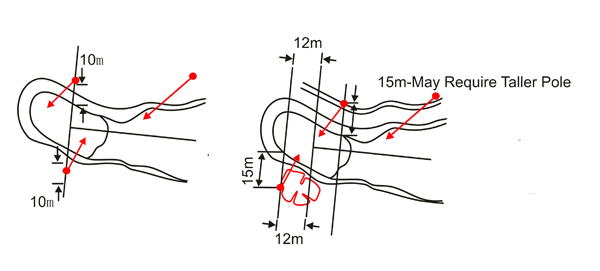
In the other part of the fairway, that is, on-site obstacles, such as bunker pools, small bridges, etc., a certain amount of illumination should also be considered, which can be between 30 and 75 lx to ensure that the golfer hits these areas when the ball is hit. , You can also hit the ball again smoothly. At the same time, proper design of these local lighting can also add a bit of charm to the stadium at night.
The player hits the ball through the fairway, hits the ball on the green, and pushes the ball into the hole to complete the hole. Green, as the end of the hole, the terrain is generally higher than the fairway, and its horizontal illuminance is very demanding, generally 200~250 lx, and the ratio of the maximum horizontal illuminance to the minimum horizontal illuminance is not more than 3: 1, because the ball The hand can push the ball from all directions on the green to the hole. Therefore, the design of the green area lighting must have at least 2 directions to reduce shadows (Figure 3). The light pole is installed in the 40-degree shaded area in front of the green area, and the distance between the lamps is less than or equal to three times the height of the light pole, and the lighting effect is better.
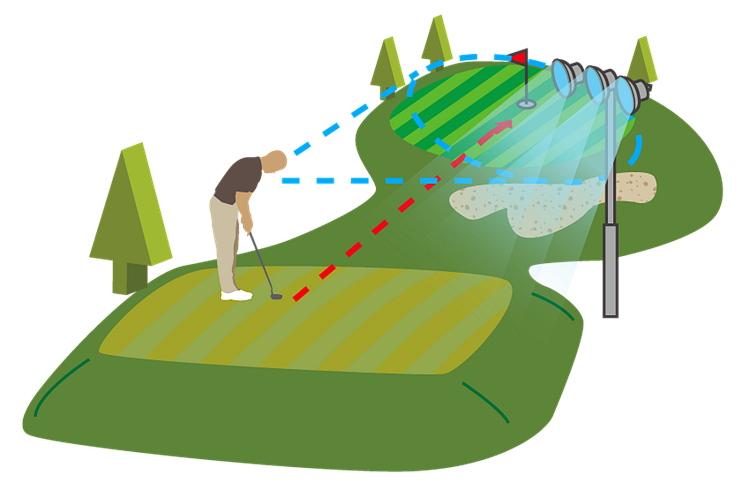
When setting up the lighting pole, it is important to pay attention to: The lighting can not affect the golfer's hitting, and it is very important not to produce harmful glare to the golfers in this fairway or other fairways. The forms of glare include direct glare, reflected glare, glare caused by extremely high brightness contrast, and glare caused by visual discomfort. For a lighted golf course, the light projection direction is basically set along the direction of the ball. When there are no adjacent fairways, the effect of glare is less, and for the adjacent fairways, due to the impact of the two fairways. In the opposite direction, the light projection direction is opposite, and the lights adjacent to the fairway will produce strong glare to the players who hit the ball on the fairway. This glare appears in the form of direct glare, which is very strong under the dark background of the night sky. Will cause very discomfort to golfers. Therefore, when setting the lights of adjacent fairways, the influence of glare must be reduced.
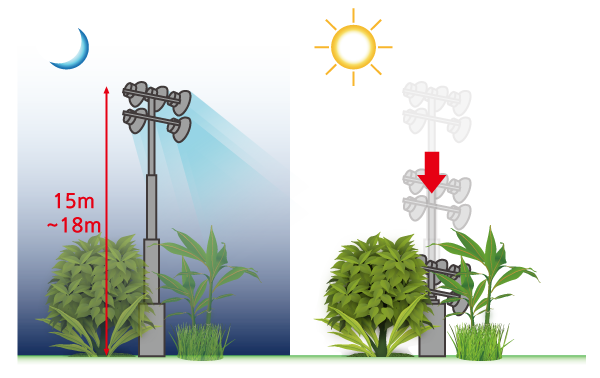
The glare constant formula G = L sa×W böL fc×P d where L s—the brightness of the glare source (cdöm 2); W—the solid angle of the glare source (Sr); L f—the background brightness (cdöm 2) ;P d——P (H) Position function a, b, c, d—— constant. Different countries have different values. Through experiments, we obtain: a = 1, b = 0163, c = 0128, P d = P(H); therefore, G = L s×W 0163öL f0128×P (H);
In this way, under the same glare light source brightness and background brightness, using the same light source, that is, when the glare source has the same solid angle W, the glare constant G is inversely proportional to the position function P (H), and P (H) The increase of the H angle increases, which is manifested as a decrease in glare effect. That is to say, when the distance D between the golfer and the glare source is constant, the height of the glare source is appropriately increased, that is, the H angle value is increased, and the harm of glare is reduced accordingly. Practice shows that when the installation height of the light source is above 11 m, the glare of the stadium can be effectively controlled.
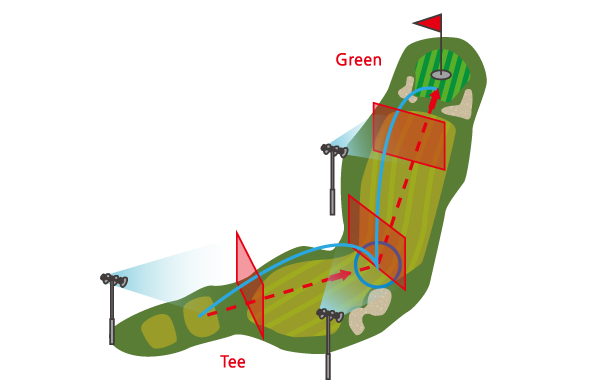
The above mainly describes the layout of stadium light poles and how to reduce harmful glare. For the selection of lighting sources and lamps, the following points should be considered.
1. High-efficiency light sources are preferred. In this way, when the same illuminance is achieved, the number of light sources required can be reduced, thereby reducing electrical circuit material costs and installation costs, that is, reducing initial investment.
2. Choose a light source with high color rendering and high color temperature. According to field practice, the color rendering index R a> 90, and the color temperature of gold with a color temperature above 5500K
It is a halide lamp, which will reproduce the appearance of the stadium well, such as the original colors of the lawn and sphere.
3. Choose a light source with good control characteristics.
4. Choose lamps that match the light source. That is, the structure and type are matched, and the specifications are matched with the light source power.
5. Choose lamps that match the environment. Since the lamps of the light court are installed in the outdoor open field, when choosing the lamps, the degree of protection of the lamps against foreign objects and water and the degree of electric shock must be fully considered. Generally, the protection grade IP55 and the electric shock protection grade Ê grade are selected. In addition, the anti-corrosion performance of lamps must be considered in conjunction with the local atmospheric environment.
6. Choose lamps that can reasonably use the light distribution curve. So as to improve the light efficiency, reduce the power loss, at the same time, the lamps should have a good light distribution, and reduce the harm of glare.
7. Choose economical lamps and light sources with low operating costs. It is mainly considered from the aspects of lamp utilization factor, lamp and light source life, and lamp maintenance factor.
8. The choice of light poles. There are several common types, such as fixed type, tilting type, pneumatic lifting type and hydraulic lifting type. How to choose, must be considered in combination with the stadium environment and the economic strength of the investment operator, on the premise of not affecting the stadium environment and ensuring the natural beauty of the stadium.
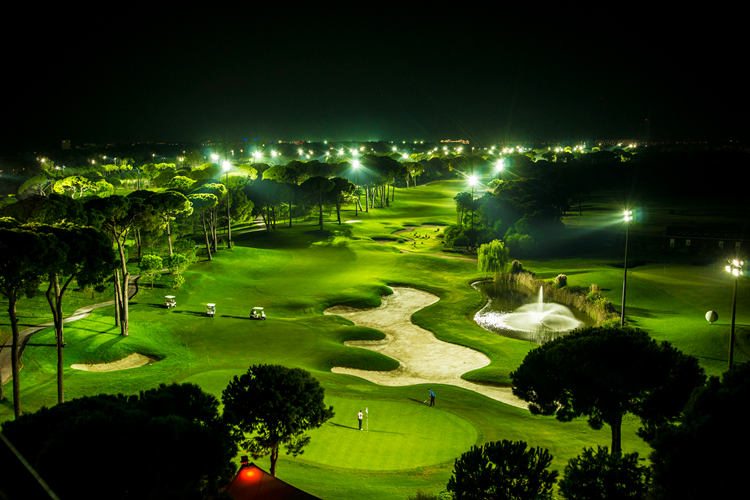
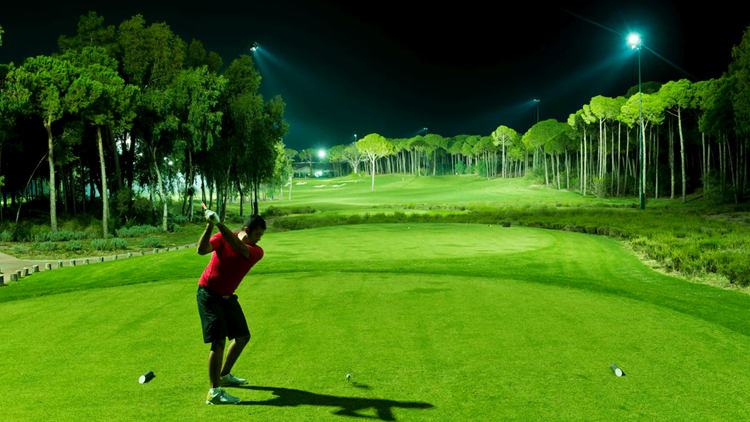
Design Consideration
Design basis
① The floor plan of the golf course and related design requirements;
② International Lighting Association Sports Lighting Standard IESNA RP-6-01 "Sports and Recreational Area Lighting";
③ American Musco lighting design software standard "Musco Lighting Software Specifications";
④ Recommended standards for Musco lighting design for golf courses;
⑤ "GB50034-2004 Civil Building Electrical Design Standard";
⑥ "JGJ16-92 Civil Electrical Design Code";
⑦ LD+A Lighting Design + Application by IES.
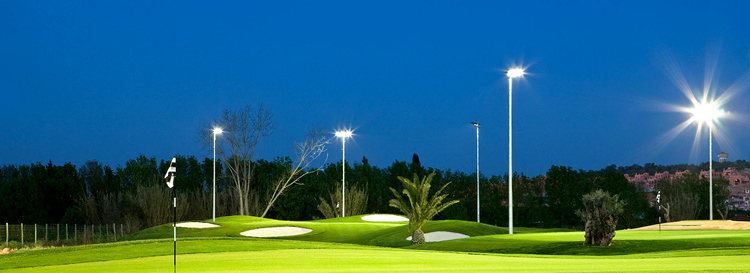
Design principles
In the tee area, the best position of the light pole is directly behind the tee, which can effectively prevent the golfer's shadow from covering the golf ball. Very long teeing tables may need two light poles to provide lighting. At this time, it is necessary to prevent the light poles near the front teeing table from interfering with the back teeing table.
In the fairway area, the lights on both sides must meet the requirements of the other lights to see the balls falling on both sides of the fairway, while minimizing the glare brought to adjacent fairways. For narrow fairways (the width of the fairway is less than twice the height of the light poles), it is best to cross the two sides of the light poles to minimize the number of light poles. For fairways that exceed twice the height of the poles, the light beams must overlap and overlap when the lamps are projected. In order to obtain better uniformity, the distance between the poles must not exceed 3 times the height of the poles. The projection direction of all lamps must be consistent with the direction of the ball, with a glare controller and other related accessories.
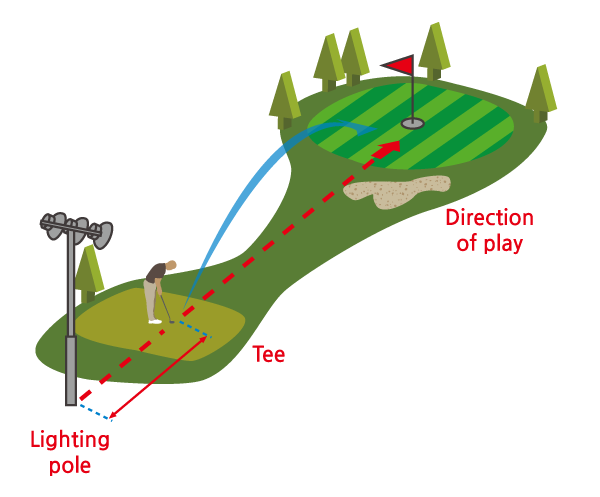
The green is illuminated in two opposite directions, which can reduce the shadows of golfers when putting the ball. The light pole must be arranged within 15 to 35 degrees from the center line of the green. The first 15-degree limit is mainly to reduce the glare to golfers, and the latter is mainly to prevent lights from interfering with the shot. The distance between the two poles should not exceed 3 times the height of the poles, and there must be no less than two lamps on each pole. If there are bunkers, waters, fairways or other obstacles, additional Consider the number of lamps and the projection angle.
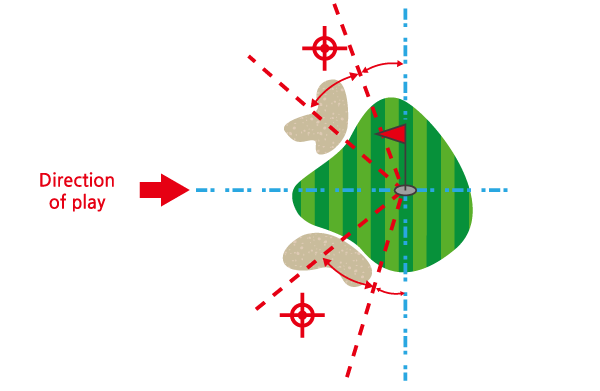
Regarding the selection of the type of light beam, in order to obtain better uniformity and reduce glare, we must use wide-beam lamps when providing horizontal illuminance to the tee and the green, but not to obtain higher illuminance data. Narrow beam type of lamps. In fairway lighting, lamps with different widths and narrow beams must be used in combination to get a better lighting effect, and wide beam lamps should be preferred. The more light distribution curves available for the lamp, the better the lighting design effect can be obtained.
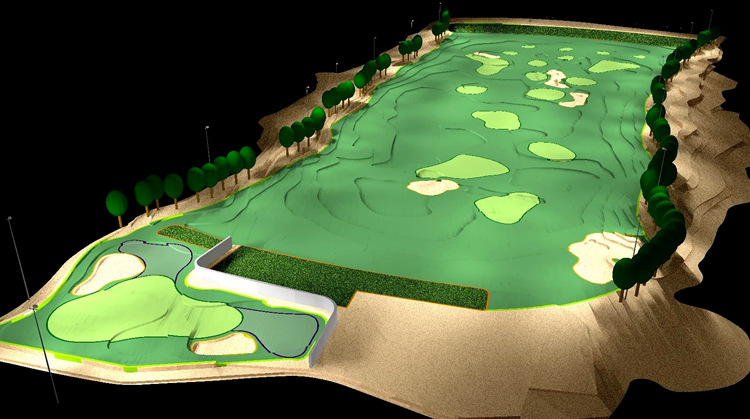
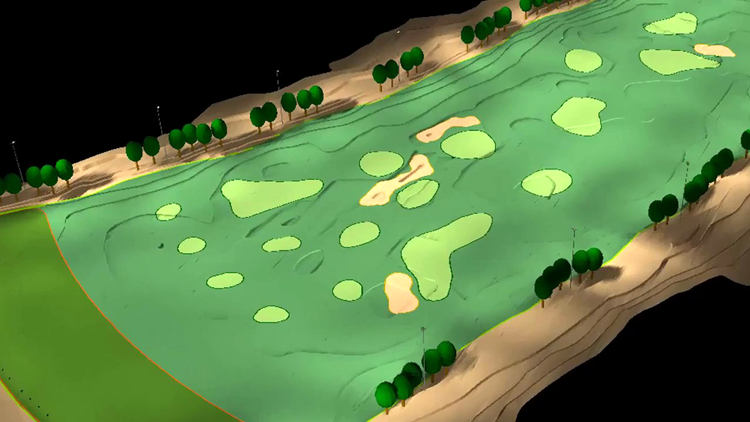
Luminaire Choose
The performance characteristics of the stadium professional floodlight: the light is light, it is equipped with an easy-to-carry handle, and is equipped with a 360º adjustable mounting bracket; at the same time, it is equipped with accurate sight accessories, which can be installed on the top or low end of the light body; ambient temperature: Yes Suitable for indoor and outdoor use in regular weather; through gradual improvement, the luminous efficiency of lamps and the effective utilization of light are greatly improved; the unique elliptical optical system with the new light source ensures the overall efficiency with high reliability, low glare and the best lighting level , The appearance is compact and beautiful, the drag coefficient is small, and the weight is light. The lamp has a uniquely designed light distribution curve; the characteristics of precise beam, multiple light distribution, instant start and so on.
Performance characteristics of high-efficiency floodlight LED lamps: patented "fin-type" heat dissipation structure design LED heat dissipation area is larger, thermal conductivity is better, not only effectively reduces the heating of the LED node, but also has lower light decay and longer life span, and product weight Lighter and safer, it is a high-tech LED lighting product suitable for sports lighting on the market.
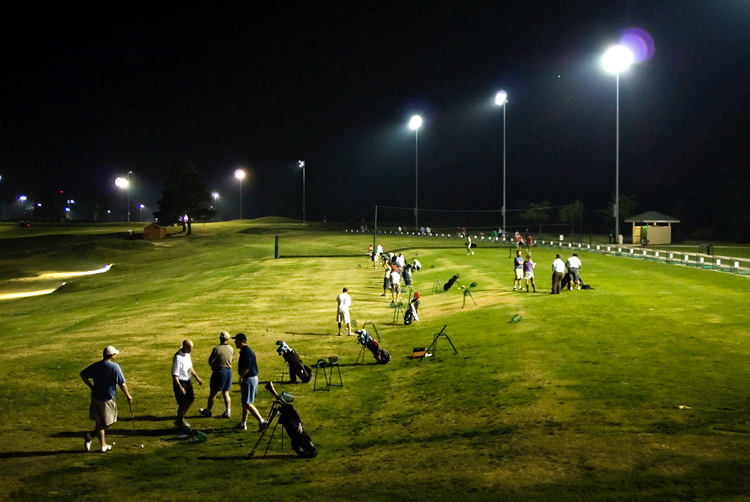
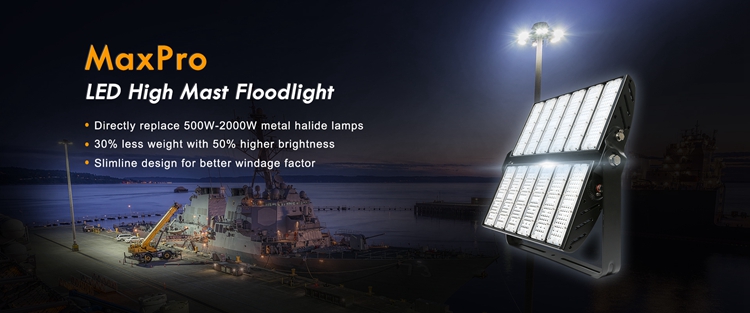
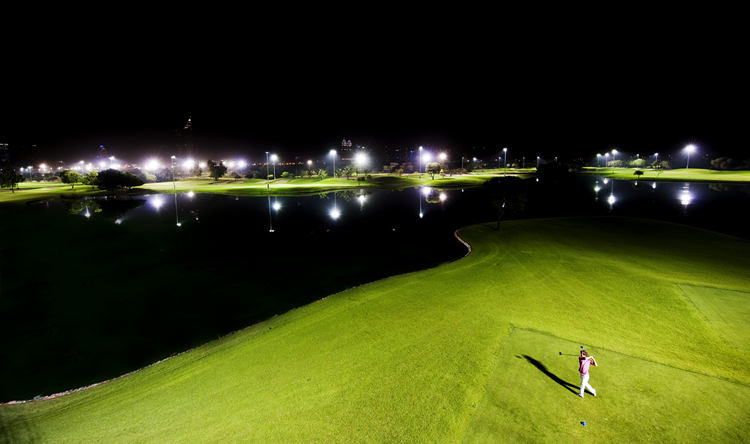
 English
English Español
Español Português
Português Pусский
Pусский Français
Français Deutsch
Deutsch 日本語
日本語 한국어
한국어 Italiano
Italiano عربى
عربى ONOR Lighting
ONOR Lighting